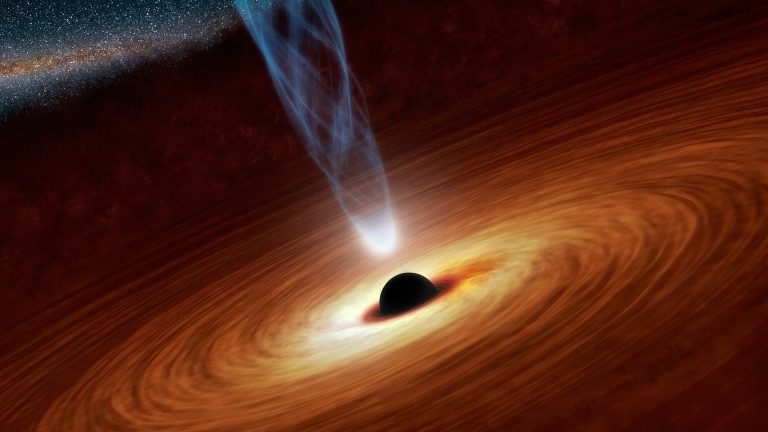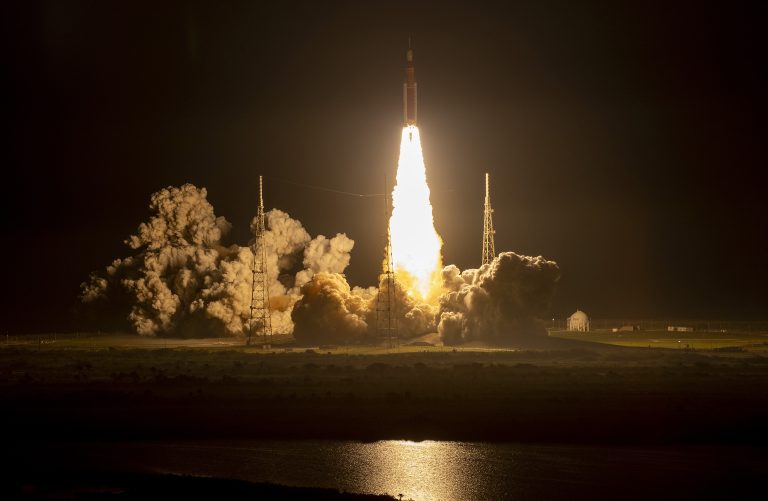Black holes are regions in the Universe where the forces of gravity are so powerful that anything around it can be pulled in and swallowed up. Exploring black holes can be tricky, as these extremely dense objects trap all kinds of light within their horizon, making them almost imperceptible amidst the darkness of the cosmos.
Scientists are only able to detect the presence of black holes by virtue of their behavior with other elements. The strong gravity of a black hole manifests itself in the form of waves that exert a gravitational pull on other objects such as stars. This appears to us as a visible distortion of space around nearby bodies.
How are black holes formed?
Black holes result from what NASA calls “the largest explosion that takes place in space,” namely, supernovae. These bright blasts, which can briefly outshine whole galaxies, mark the end of the life of large stars, whose cores are left to collapse, eventually becoming black holes.
According to NASA, the oldest confirmed records of supernovae sighting date back to A.D. 185, when Chinese astronomers spotted a “guest star” that stayed in the firmament for eight months and did not move across the heavens like a comet. Scientists believe that it was the RCW 86, the remnant of supernova SN 185.
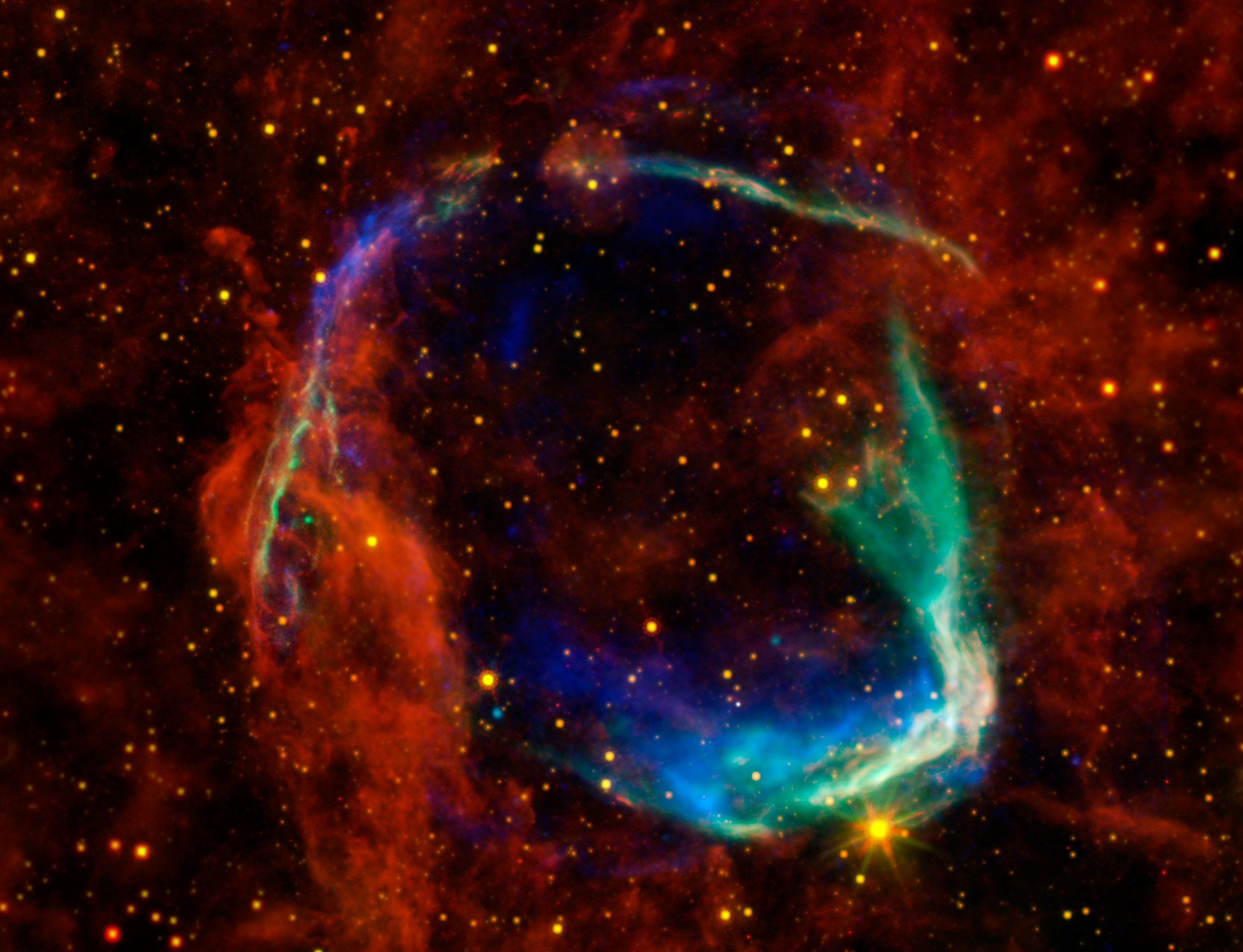
Forever expanding or progressively shrinking?
Black holes can grow in size by “eating” materials such as dust, gas, stars and even other black holes; with many reaching proportions of more than 50 solar masses. However, black holes can also shrink.
According to the physicist Stephen Hawking, black holes constantly lose energy due to relativistic quantum effects. This energy loss causes the progressive reduction of their mass, resulting in their eventual evaporation over a significant number of years.
Black holes in our Milky Way
According to Kailash Sahu, an astrophysicist at the Space Telescope Science Institute in Baltimore, one out of every thousand stars in our galaxy is large enough to form a black hole. This suggests that in our Milky Way “There should be about 100 million stellar-mass black holes.”
Stellar-mass black holes are those that form from relatively small stars, as opposed to supermassive black holes, which are millions or even billions of times as massive as our sun.
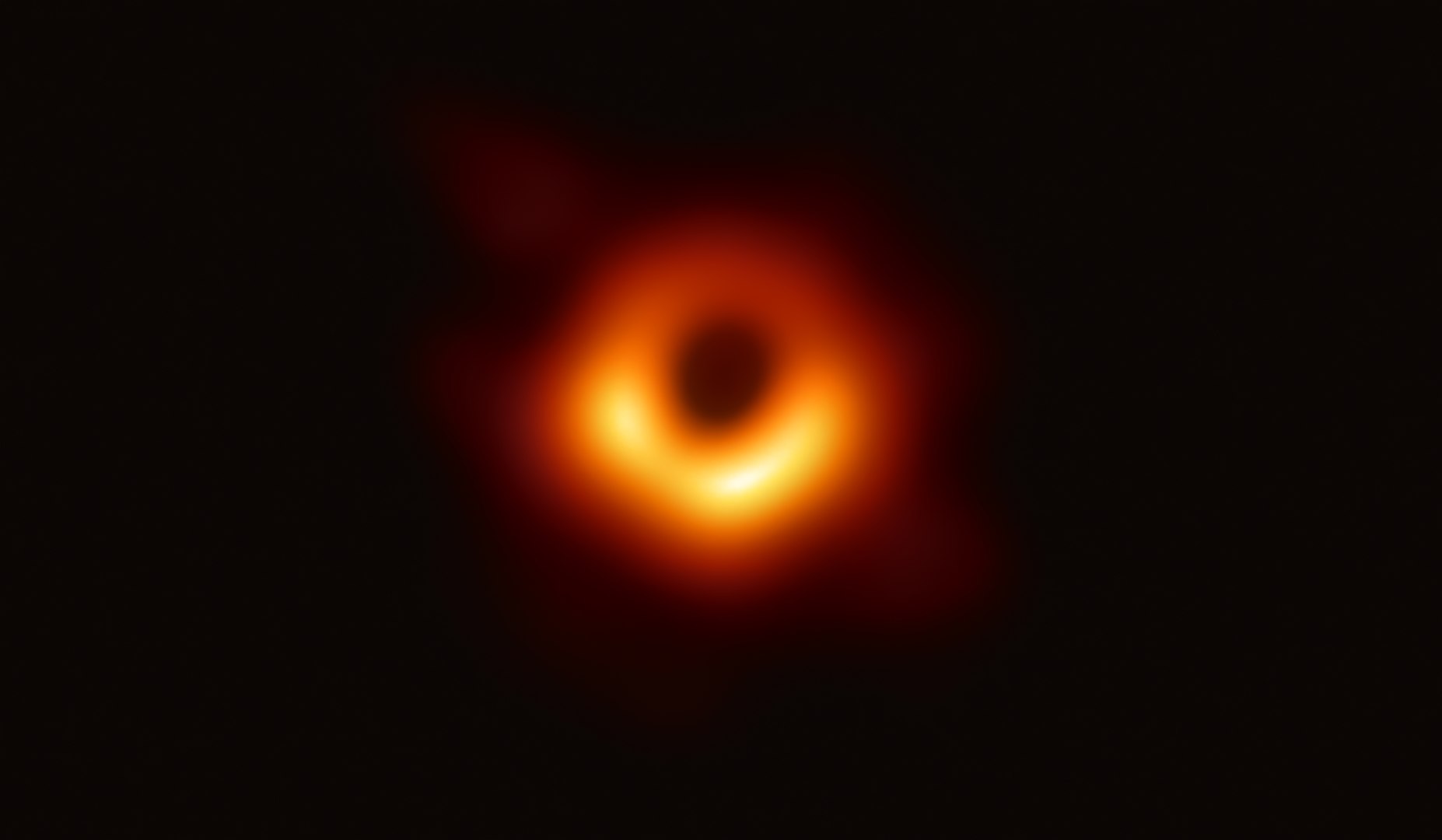
What is at their center?
What lies inside of a black whole is not as easily understood as its outer properties. In fact, were you to explore its center, chances are you wouldn’t be able to return to share your discoveries with us. So, why don’t they send a camera to find out?
According to Geoffrey Landis, a scientist and engineer at the NASA John Glenn Research Center, once a camera is dropped into a black hole, its information can no longer be retrieved. He explains that inner gravitational forces would slow down the reception of images until the very last picture takes an infinite time to come down. Thus, we would stop receiving images before the camera ever reached the black hole’s core.
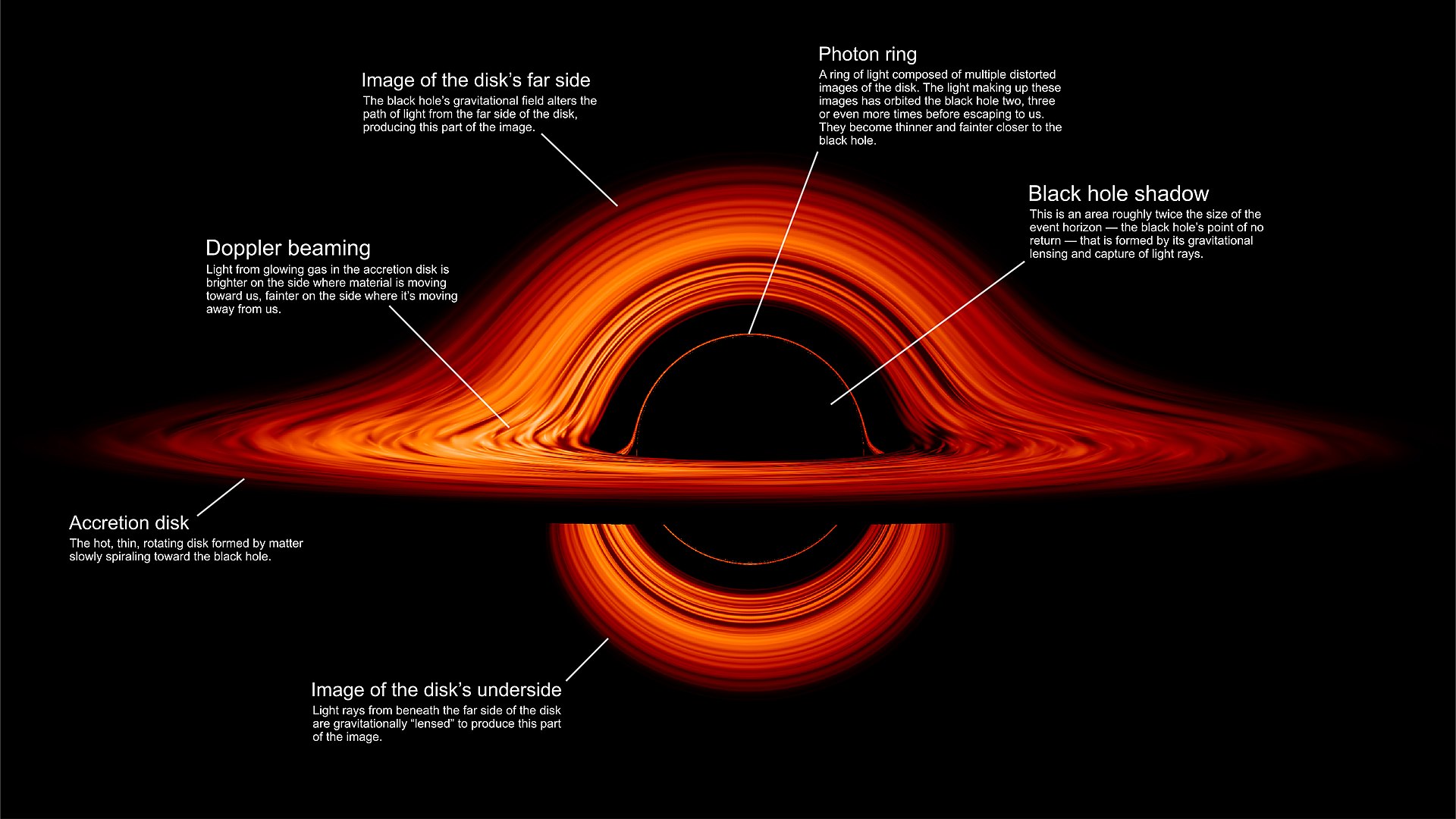
Success
You are now signed up for our newsletter
Success
Check your email to complete sign up
Our human limitations have led scientists to try to solve this mystery through theories, although this has also been a bumpy road. For years, physicists have been trying to reconcile the theory of gravity (described by Einstein’s Relativity Theory) and the theory of particles (aka Quantum Mechanics) with little success. But why are they so important to understanding black holes and yet difficult to connect?
Scientists have found that the only way to know what happens at the center of a black hole is by understanding the way gravity behaves at quantum levels, that is, at very tiny scales.
The issue is that the theory of gravity studies space-time without considering the behavior of particles, and likewise, the model of particle physics excludes the existence of gravity. Since they exclude each other, the behavior of gravity at the level of particles – which would be called quantum gravity – is still to be understood.

Fortunately, scientists have recently found a way to connect the two theories through a mathematical conjecture called “Holographic duality,” which suggests that the theory of gravity and the theory of particles are mathematically equivalent. This means that by understanding particles better, important information about gravity could be revealed.
“We hope that by understanding the properties of this particle theory through the numerical experiments, we understand something about gravity,” said Enrico Rinaldi, a research scientist in the U-M Department of Physics. “Unfortunately it’s still not easy to solve the particle theories. And that’s where the computers can help us.” Currently, quantum computing and machine learning are being used to probe the idea of holographic duality.
What would happen if we fell into a black hole?
Based on Albert Einstein’s General Theory of Relativity, falling into a black hole would feel like entering into a new dimension where the concepts of space and time are different. However, before we got to explore this new ‘reality’ further, we would start feeling the strong effects of gravity in a process called “spaghettification,” in which our bodies would be compressed horizontally and stretched vertically to the point of resembling a noodle.
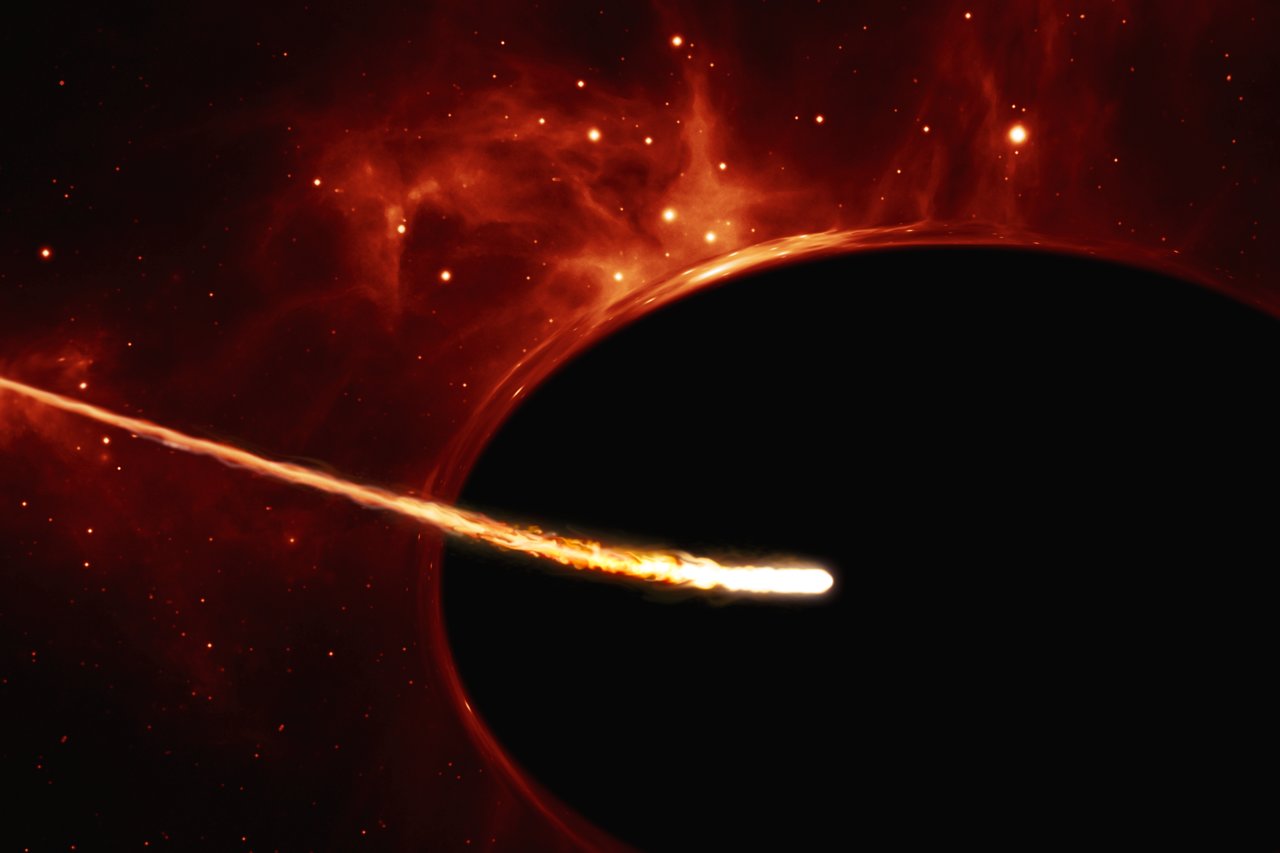
Luckily, this is nearly impossible, as black holes are too far away from our solar system and neither is our sun likely to become a black hole—as it is not massive enough to explode. Even if our sun turned into a black hole with the same mass it has today, its gravitational influence on our planet would not change and the Earth would continue to orbit as usual, only in darkness.
Black holes are our silent companions in the vastness of the universe. At the very center of our home galaxy we can find a supermassive black hole that weighs a few million times the mass of our sun. The mere thought of how enormous the cosmos is can make our everyday concerns seem trivial and, at the same time, remind us that in the midst of what seems chaotic, there is always a higher order maintaining balance.



